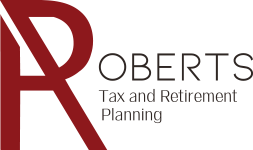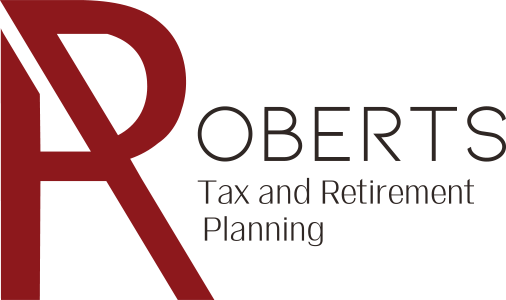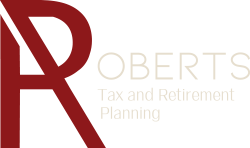Personal finance before retirement focuses on accumulation of wealth. The final goal of this accumulation is to generate steady and reliable cash flow. The details of a cash flow plan include how to do this, at what rate to do this, and when to do this. If cash flow can be created outside taping the nest egg, then pressure on the portfolio will be reduced. The gig economy may help.
In short, the gig economy is casual part-time work or rental of personal assets. Gig part-time work is normally project based or is casual. The best known examples include driving through Uber or Lyft and renting rooms through Air BnB. The cash generated will be dependent on the local market and the dedication of the gig worker. Average driver income is around $350 per month, with median incomes of $150.
A major advantage of a retirement gig is reducing pressure on a portfolio. For illustration, consider an annual income of $2,400. Using the four percent rule in reverse shows this income to be the equivalent of $60,000 in a typical retirement portfolio.
In other word, $60,000 in a retirement portfolio safely produces about $2,400 in cash flow. This generated income reduces the demand on the portfolio, which in turn reduces one of the greatest risks for early retirees – bad equity returns early in retirement.
The obvious downside to a retirement gig is that it takes time from other desired pursuits. Balancing the benefits and disadvantages takes both financial and lifestyle considerations. Developing a retirement cash flow plan can help clarify this problem. Such a plan should consider all sources of income, including timing, duration, and inflation impacts.
For more information on this topic, visit our website. For help with a detailed personalized cash flow plan, including all possible sources of income, please contact us.







